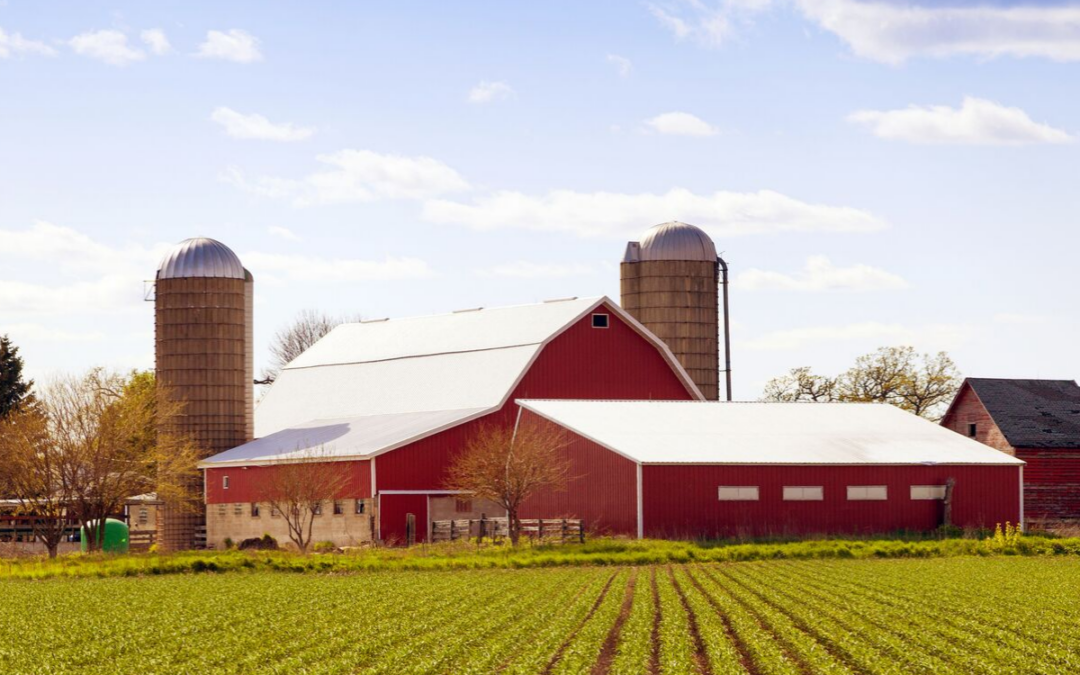In recent times, there’s been a growing concern about excessive manure “foaming,” prompting efforts to address this issue. While foaming in swine manure is not a new problem and has sporadically occurred in long-term storage systems, what’s striking today is the marked rise in foaming incidents. We’re facing a notable increase in these events that demand our attention.
That’s why our team has put together this article describing what you need to know about manure foaming and some tips on how to control it.
What is Manure Foaming?
Foaming occurs when specific factors combine, trapping significant methane gas in stable bubbles ranging from 6 inches to 4 feet deep. This trapped methane can reach a density of 50%-70%. It’s essential to know that methane becomes explosive at concentrations of 5%-15%. Sadly, many barns have experienced flash fires and explosions due to this. Additionally, foaming significantly reduces pit capacity, sometimes even breaching floor slats, posing a threat to both pigs and people.
3 Essential Factors of Foam Occurrence
- Gas Source
A gas source is required, and anaerobically digested manure supplies it, primarily with a focus on hydrogen sulfide and methane gases.
- Surfactant
A substance is needed to make the manure surface elastic, allowing bubble formation.
- Support Structure
A supportive structure, such as small fibers or manure solids in general, is necessary to maintain the stability and integrity of a foam bubble.
While methane is a natural by-product of stored manure, trapped in bubbles, it can reach dangerous concentrations (up to 70%), far exceeding the 5-15% explosive range. If these bubbles rupture due to agitation, fires or explosions may occur if an ignition source is present. Common sources include heater pilot lights, power washers, and welding activities.
What We’ve Discovered So Far
Recent research has uncovered higher carbon levels in foaming manure, which appear to stimulate excessive methanogen activity. This leads to a shift in the microbial community, resulting in increased methane production and the formation of stable foam rich in proteins and fine particles. This unique microbial community seems to process carbon inputs, especially fiber and oil, more efficiently. Consequently, methane rates rise, driving a greater methane flow through the manure. This flow displaces biological substances to the surface, serving as essential foam-stabilizing agents.
How to Control Manure Foaming
Industry experts say that the first step to controlling foaming is to not agitate it. Additionally, Healthy Farms has also refined a consistent method for safely managing swine slurry foam.
- Keep ventilation running as 77% of flashfires/explosions occur when it’s turned off.
- Ensure all potential sources of ignition in the barn are switched off.
- Use our Agitation Defoamer at a rate of 1 gallon per 100,000 gallons of slurry to combat foam. It’s safe for animals but not a long-term solution.
- Add Coban 90 / Rumensin 90 (Monensin) at a rate of 5 lbs. per 100,000 gallons directly to the pit. Note that it’s not safe for animals and must not be left for pigs to consume, as it kills microbes in the pit.
- After using Monensin, reintroduce microbes with Healthy Farms Activator Plus (1 lb. per 50 head spaces) approximately 2-3 weeks later.
Contact Us for More Information About Manure Foaming
Do you have more questions about manure foaming? Reach out to our team at Healthy Farms today! We will answer your queries and recommend the best products to use.
